Wattway technology
PHOTOVOLTAIC COVERING FOR TRAFFIC-BEARING SURFACES
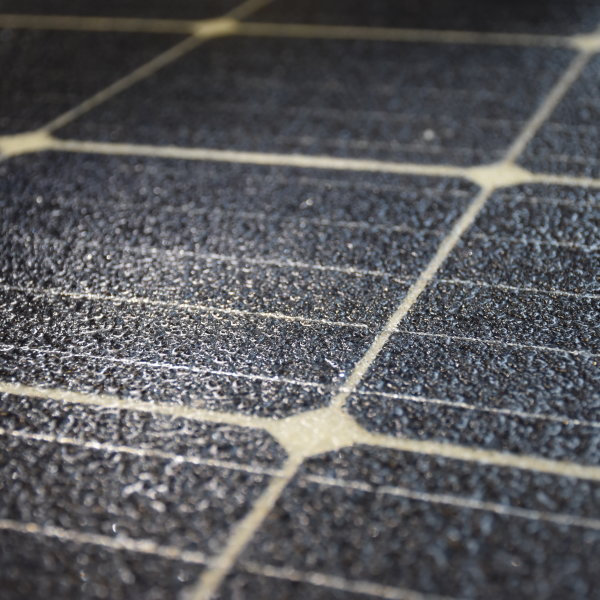
PHOTOVOLTAIC COVERING FOR TRAFFIC-BEARING SURFACES
Wattway is a photovoltaic module technology that is installed on the traffic-bearing areas of transport infrastructure and generates renewable energy.
Wattway modules are solar collectors of a new kind, installed on the existing surface of roads, cycle paths, car parks, pavements, etc., without hindering vehicle access.
They can be used independently or in conjunction with other photovoltaic systems.
Wattway is a renewable electrical energy generating system with a range of different options:
-
Wattway PLUS for generating energy for a building’s own needs
-
Wattway PACK which provides an autonomous power supply for equipment
️➡️️️Find out about Wattway solutions
Our strengths
Renewable electricity generation at a competitive price
Putting forward a new form of land use for the mass generation of solar energy
Blends in with the aesthetics of the location by using unobtrusive technology
Weather-resistant and wind-resistant
An alternative to photovoltaic canopies, with a solution that does not compete
for land use, does not exacerbate soil artificialisation and has no impact
on biodiversity!
How does it work?
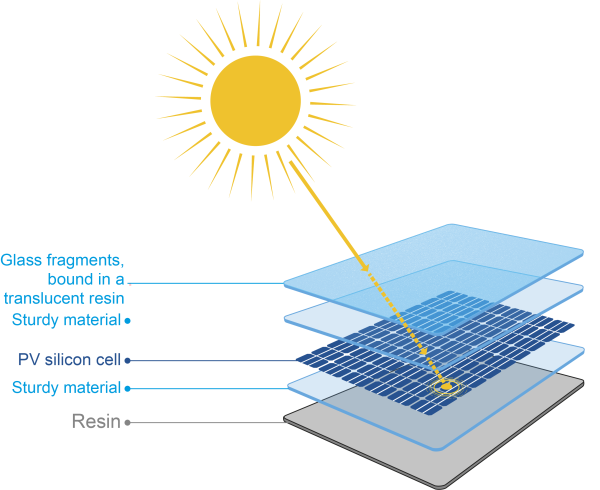
How does it work?
Wattway photovoltaic modules convert solar energy into electricity.
Surprisingly thin and solid, the modules are bonded onto the top of the existing transport infrastructure. The infrastructure remains accessible to traffic. There is a groove in the substrate for a cable to pass through to extract the energy generated by the modules and deliver it for its intended use.
The entire electrical architecture is grouped together in one or more electrical cabinets near the photovoltaic power plant.
How to install Wattway?
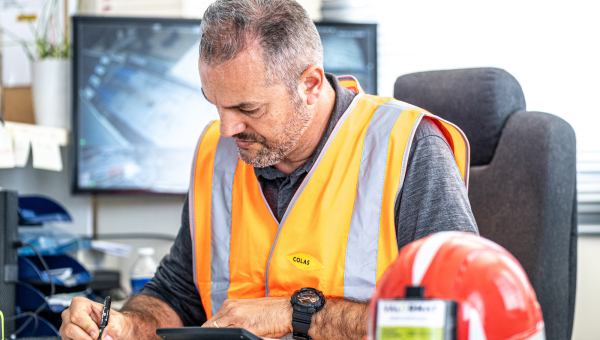
Engineering
Our design office defines the location, power output and estimated energy generation according to the customer’s wishes and the specific site characteristics.
These factors are grouped together in a preliminary design with a technical and economic study.
Once validated, they result in a definitive design plan and an implementation plan for our construction department.

Administrative procedures
Wattway installations require simple planning permission in the form of a preliminary works declaration (DP). If the site is in a protected area, you will need to apply for planning permission (PC).
In addition, unlike ground-mounted or canopy installations, they are not subject to a development charge and no environmental impact assessment is required. This represents a fundamental time and cost saving for your project.
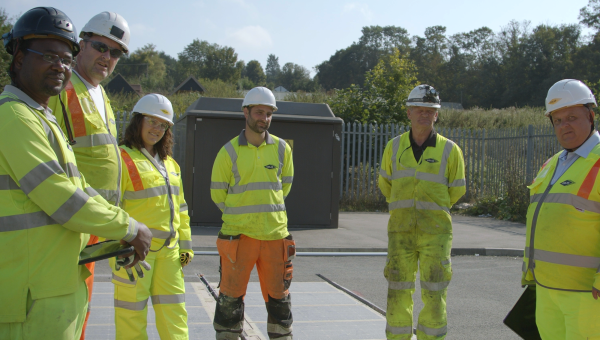
Installation process
Installation involves treating the substrate, then applying the bonding system and installing the photovoltaic modules using a mechanised process.
There is a groove in the substrate for electrical cables to pass through to connect the modules and extract the energy to one or more nearby electrical cabinets.
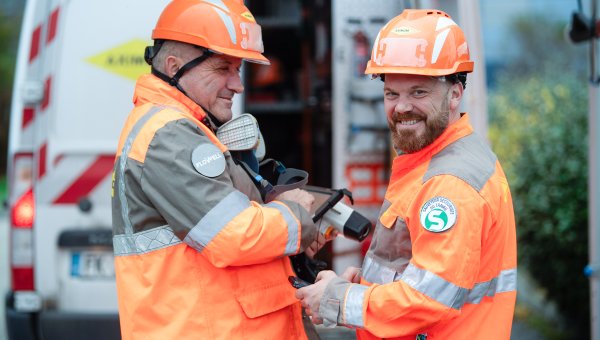
Electrical connection
The connection will depend on the intended use of the photovoltaic plant (use of its own energy, selling all the energy or just the surplus energy) and the site configuration (existing connection, distance to the grid feed point, etc.). If your plant is connected to the public power grid, you will need to apply to the grid operator and will need to provide a certificate of electrical compliance issued by the Comité National pour la Sécurité des Usagers de l’Électricité (National Electricity User Safety Committee - CONSUEL) to ensure that the electrical installations are in compliance. This is provided as part of our services.
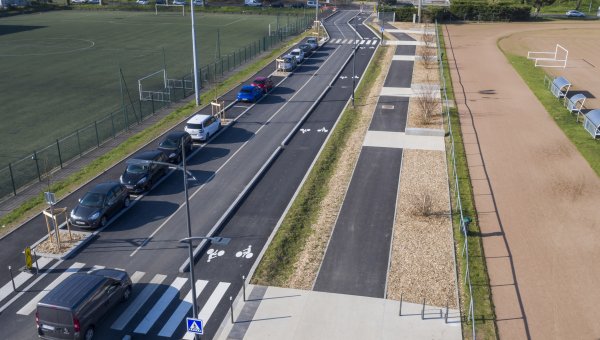
Location criteria
Wattway solutions can be used by light vehicles (<300 vehicles/day) and heavy goods vehicles (<30 vehicles/day, Gross Vehicle Weight <13 T/axle), with a speed limit of 50 km/h.
Wattway solutions are installed on asphalt or concrete substrates, the flatness and surface quality of which must meet the preliminary installation conditions. The dimensions of the substrate must be suitable for the traffic expected on the site.
The solution must be applied within the specified temperature and humidity ranges.
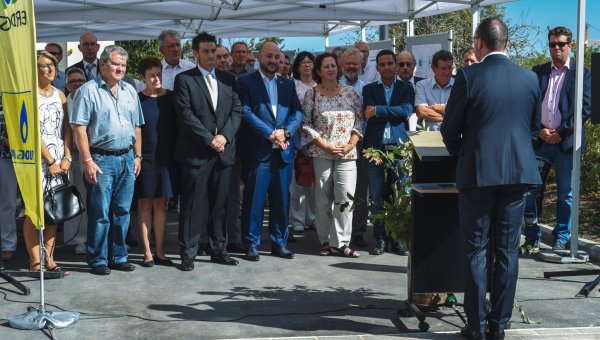
Reception of the power plant
Once the work has been completed and the site completion report has been signed, we will provide you with the project implementation file and the user manual for your photovoltaic power plant to help you get to get started.
Finally, we will also give you access to the monitoring platform so you can track the energy generation on your site and see the savings you have made!
How to maintain Wattway?
Once commissioned, Wattway installations will experience natural wear and tear as a result of ageing, use (type of traffic, etc.) and external constraints imposed by the natural environment.
Routine maintenance must be organised, with regular cleaning of the site using a mechanical sweeper or high-pressure cleaner, which will increase the performance of the facilities.
In addition, our departments or our partners can monitor your equipment at regular intervals to assess its condition and, if necessary, take steps to bring it up to standard.
Maintenance includes troubleshooting, repairs, adjustments, overhaul, inspection and verification of Wattway installations: photovoltaic modules, trim strips, electrical cabinets (including monitoring equipment), inverters and any ancillary equipment.
Maintenance services cover several levels of operation:
- Preventive maintenance, carried out at regular intervals in accordance with the established contract. This includes simple adjustments and replacing consumables.
- Remedial maintenance, carried out in the event of a breakdown or fault detected via monitoring or during an on-site inspection.
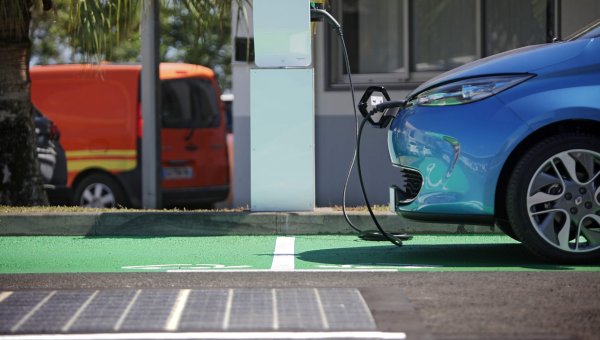
What is the generating capacity?
Wattway photovoltaic modules have a rated power of 476 Wp, or 200 Wp/m², with an average efficiency of 20%.
For example, a 1500 m² facility (around 300 kWp) on a cycle path would generate: 245 MWh/year in Munich, Germany; 333 MWh/year in Rome, Italy; and 361 MWh/year in Marseille in France.
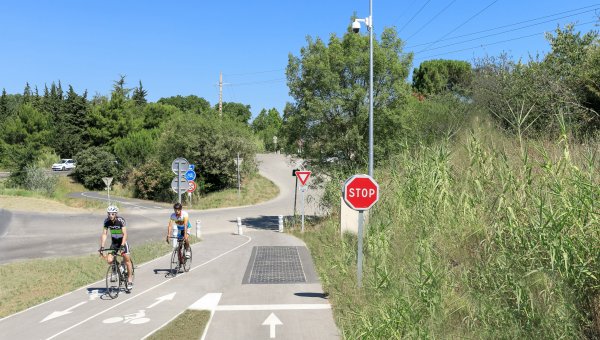
How long is its service life?
The service life of Wattway installations varies according to the type and speed of traffic and the traffic flow rate. It is estimated at between 15 and more than 25 years, depending on conditions of use, and may vary according to specific environmental conditions and maintenance practices.
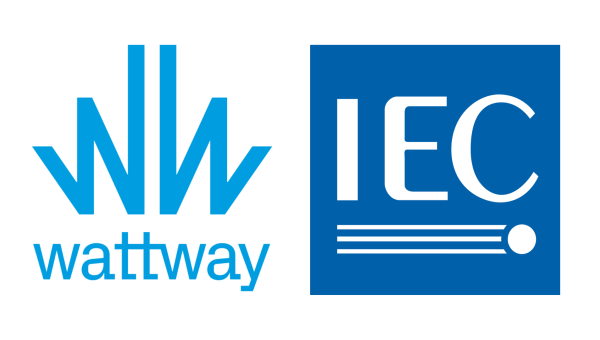
Is Wattway certified?
Wattway modules are certified to IEC 61 215 and IEC 61 730, attesting to their compliance in terms of design, electrical and mechanical safety.
These certifications guarantee their reliability and resistance to the qualification tests required to ensure optimal operation.
